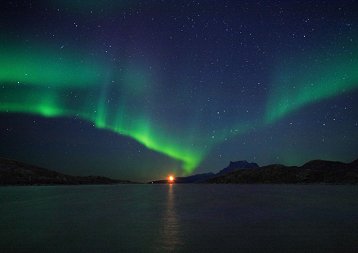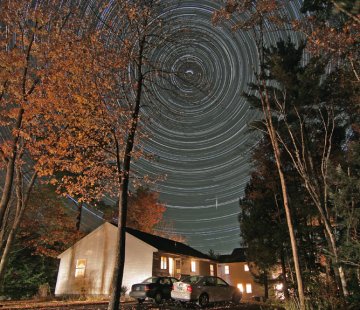 |
Don't Miss the Orionid Meteor Shower |
 The Orionid meteor shower will peak before dawn Oct. 20-24, producing about 20 meteors per hour. To view them, find a dark spot with an open view of the sky. Watch in whatever direction the sky is darkest since artificial light will diminish visibility of these faint meteors. The Orionid meteor shower will peak before dawn Oct. 20-24, producing about 20 meteors per hour. To view them, find a dark spot with an open view of the sky. Watch in whatever direction the sky is darkest since artificial light will diminish visibility of these faint meteors.
http://spaceweather.com/ |
Native American Indian Aboriginal links and info on News, Art, Crafts, Music, Stories and Culture. Some of the News Stories are not Family Friendly with the adult language. The Fair Use Guidelines For Educational Multimedia In accordance with Title 17 U.S.C. Section 107 All original Art, Poetry and Stories posted on this site remains the sole property of the authors themselves.
Thursday, October 19, 2006
Skywatcher Alert
Skywatcher Alert
Subscribe to:
Post Comments (Atom)

 These are star trails--slow, graceful arcs traced by the stars as Earth spins on its axis. "It was a clear night last night, so I decided to let my camera do an 'all-nighter,'" explains pohotographer
These are star trails--slow, graceful arcs traced by the stars as Earth spins on its axis. "It was a clear night last night, so I decided to let my camera do an 'all-nighter,'" explains pohotographer
No comments:
Post a Comment